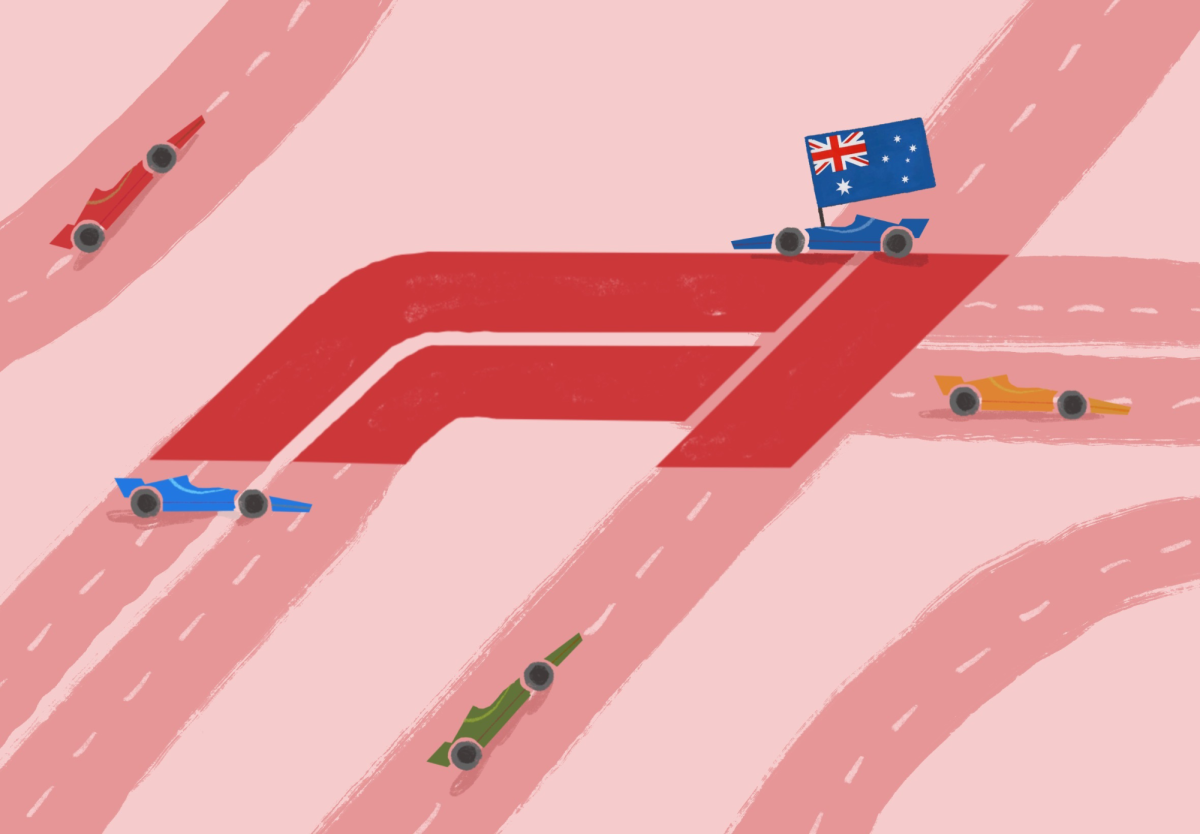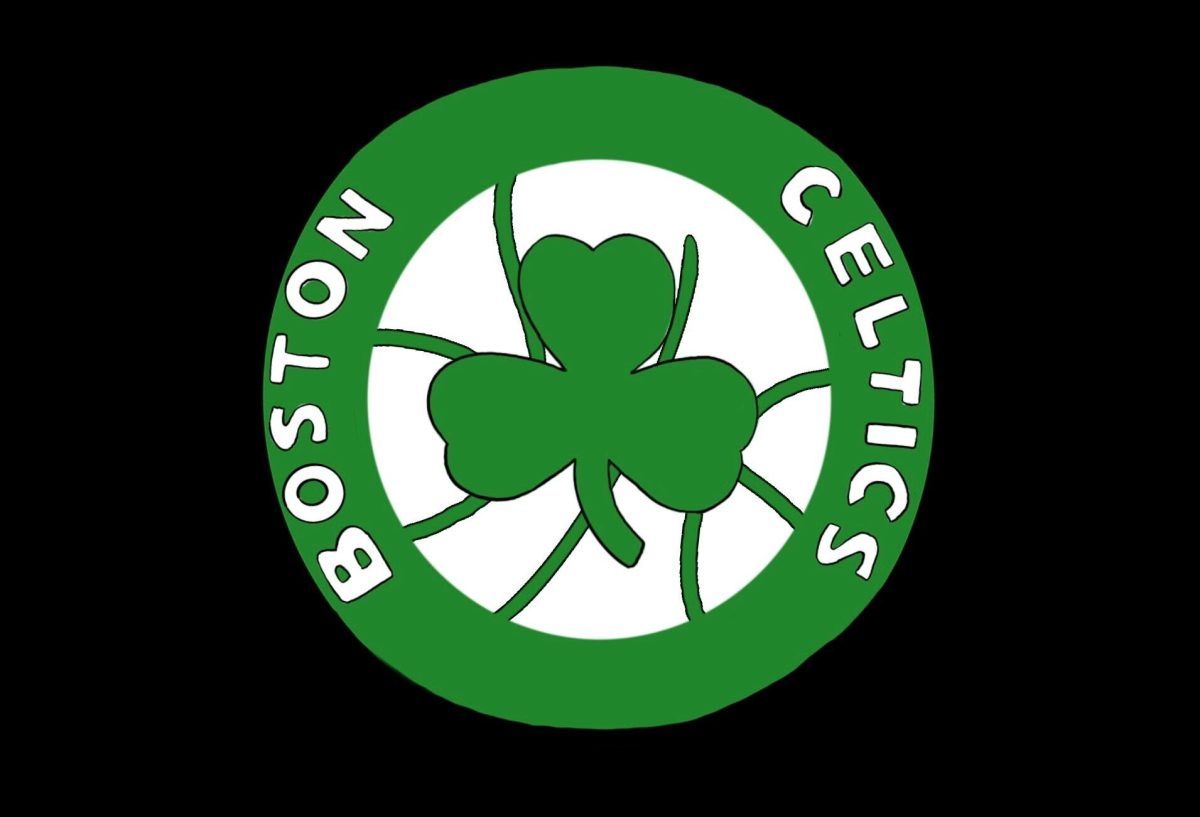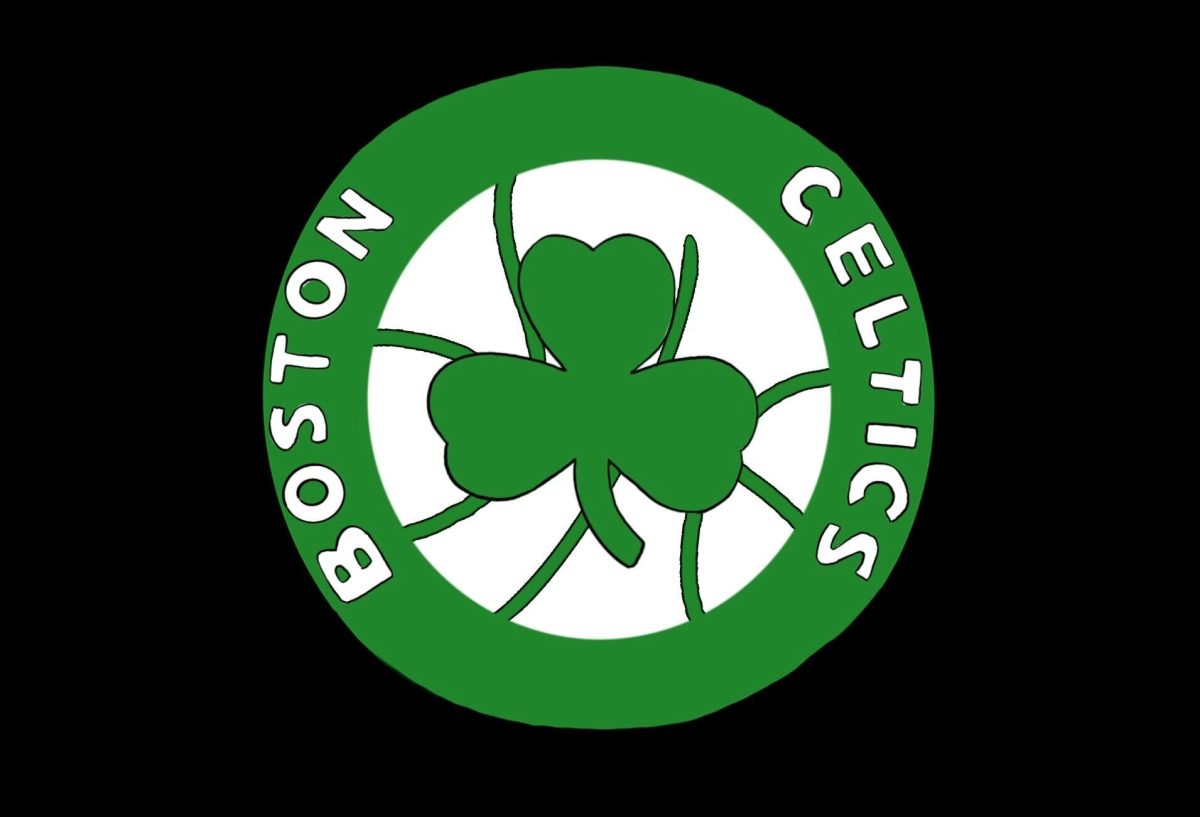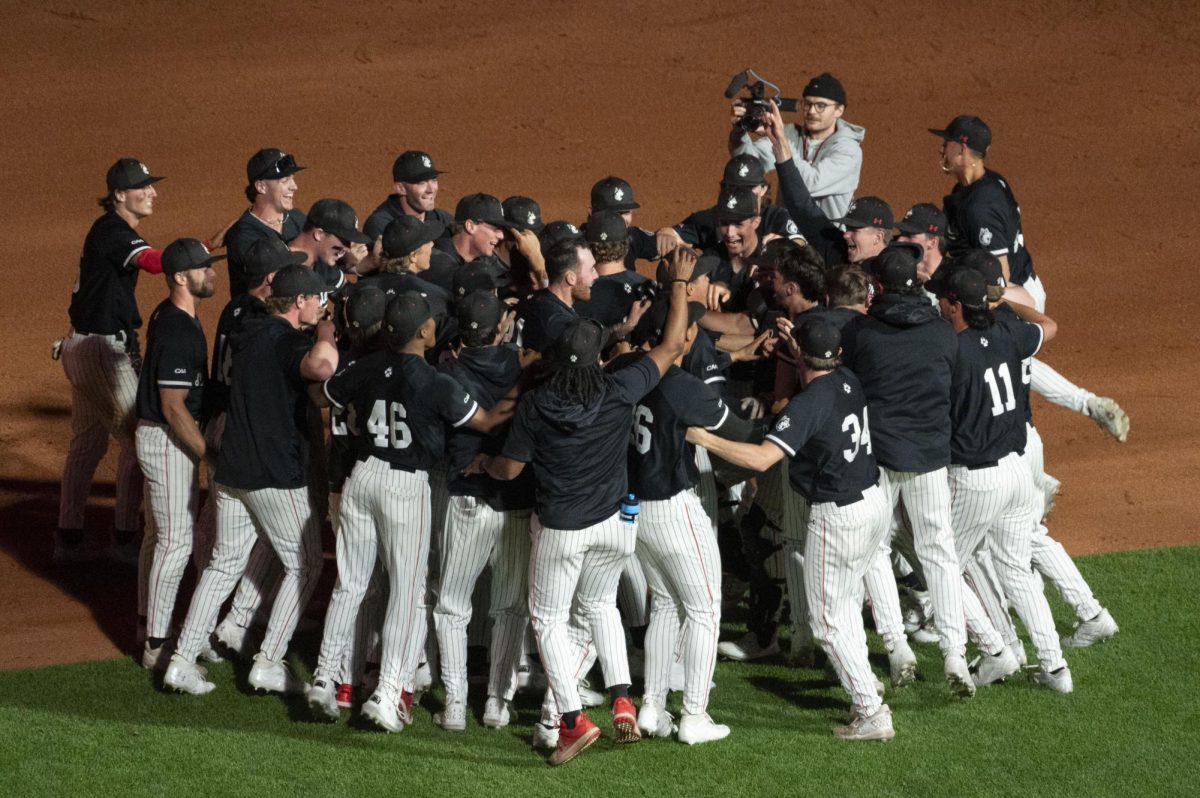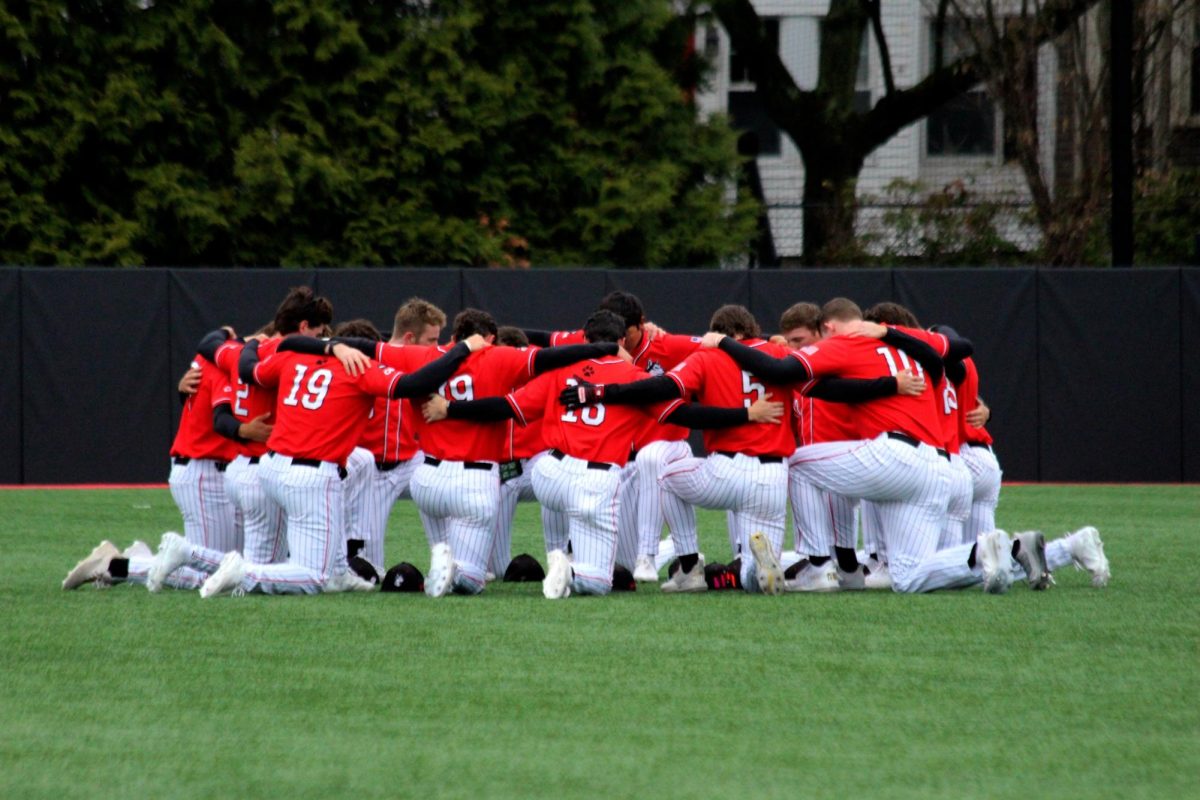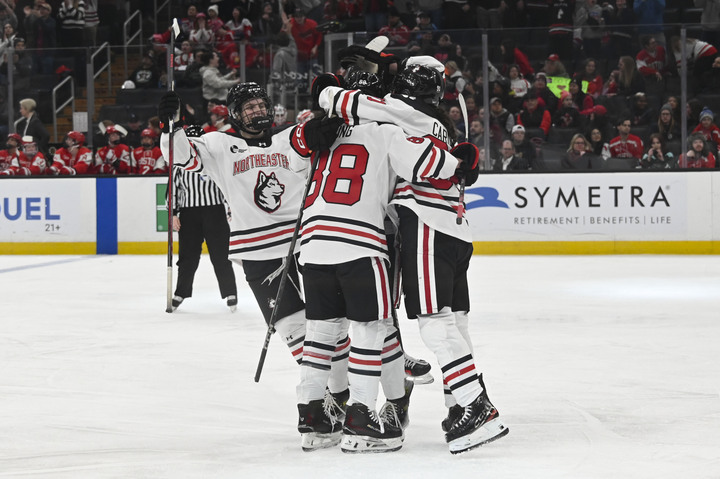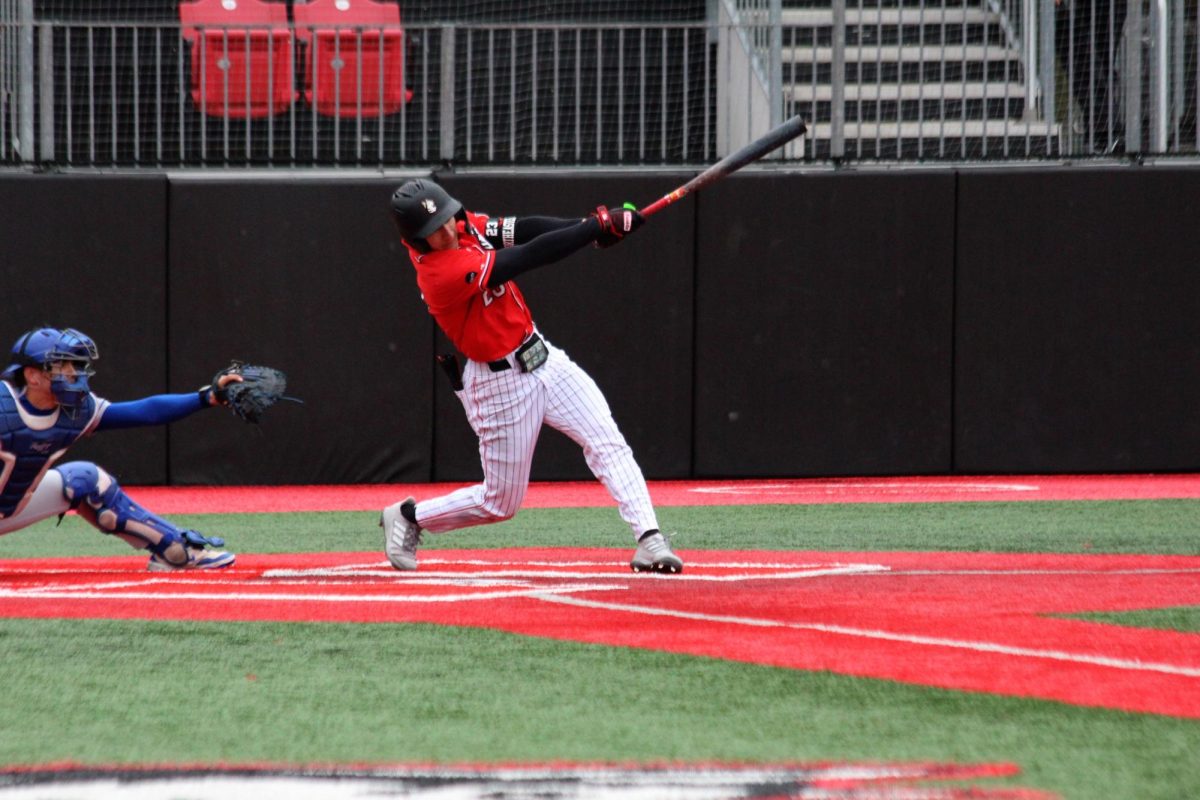By Gavin Davis, sports columnist
What do the MLB, the NBA and the NHL all have in common?
No, it’s not just that they play more games in a five-week period than the NFL does in the entire regular season.
It’s that professional baseball, basketball and hockey all have developmental leagues. Sometimes referred to as farm systems, D-leagues serve as systems in which players from different sports rehabilitate an injury or improve their skills.
To some, it might seem like a no-brainer to add a farm system to the NFL. It might even look like a win-win situation. Fans get more football and more chances to see up-and-coming NFL stars, players have the opportunity to grow and become better through real-game experience, teams can get a better idea of how these athletes will perform in the heat of a game and NFL executives gain more revenue through merchandising, tickets and all else that comes with a sports franchise.
However, the NFL is not willing to jump the gun on a decision like this. The reasoning, while it might seem foreign to some, makes sense.
Back in the early 1990’s, the NFL created a football league called NFL Europe.
NFL Europe—originally named The World League of American Football—was established in 1991 and serve as a type of spring league for the NFL. Players, for the most part, participated in NFL Europe to develop their abilities with full-blown football games. NFL teams would often pay for these players’ living expenses overseas so they could improve their game.
However, this option of player improvement no longer exists, as the league ended in 2007. According to the NFL’s website, NFL Europe was losing approximately $30 million a season. The NFL, like any business-minded organization, saw this as a huge hit it continued to take year after year, despite any changes they made, and so decided to end American football across the pond.
While the economic catastrophe that was NFL Europe still hangs fresh in the minds of many NFL executives, it is time for the NFL to instead look domestically to create a second-level development league.
The NFL should follow the model of the NBA D-League, which has been hugely successful for the basketball association. The NBA model consists of most NBA teams having a D-League associate—for example, the Philadelphia 76ers have the Delaware 87ers and the Boston Celtics have the Maine Red Claws—where they can train young players and allow players coming off of injuries to get back up to speed with the pace of a game.
Many now-respected NBA players began or spent long portions of their careers in the D-League. This list includes notable names Jeremy Lin, Hassan Whiteside, Matt Barnes, Danny Green and Patty Mills.
Although a different sport from the NBA, the NFL could benefit from taking some notes on how well-run and how successful the NBA’s D-League is at improving players.
NFL Europe was a massive failure – no one’s arguing against that. However, with the right location, decision-making and set-up, an NFL D-League could prosper in the United States. Fans, players, coaches and even NFL executives would all benefit.



